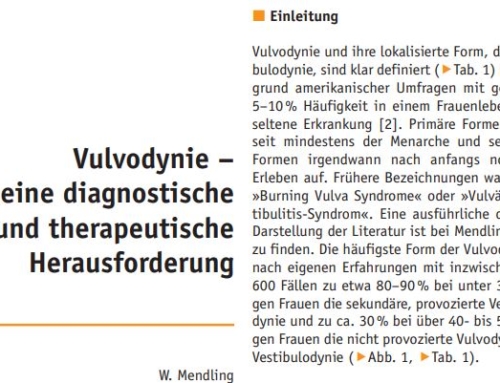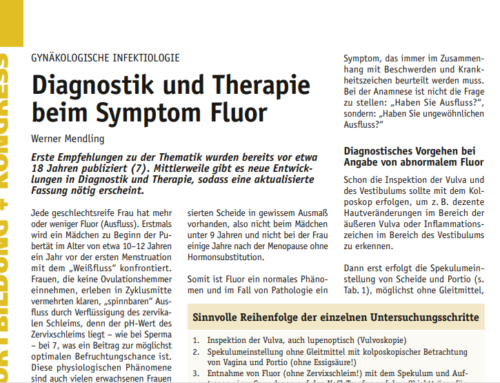Abstract
Four common pathological conditions are associated with vaginal discharge: bacterial vaginosis, aerobic vaginitis, candidosis, and the sexually transmitted infection, trichomoniasis. Chlamydial or gonococcal cervical infection may result in
vaginal discharge. Vaginal discharge may be caused by a range of other physiological and pathological conditions including
atrophic vaginitis, desquamative inflammatory vaginitis, cervicitis, and mucoid ectopy. Psychosexual problems may present with recurrent episodes of vaginal discharge and vulval burning. These need to be considered if tests for specific
infections are negative. Many of the symptoms and signs are non-specific and a number of women may have other
conditions such as vulval dermatoses or allergic and irritant reactions.
Introduction
Four common pathological conditions are associated with vaginal discharge: bacterial vaginosis (BV), aerobic vaginitis (AV), candidosis, and the sexually transmitted infection, trichomoniasis. Chlamydial or gonococcal cervical infection may result in vaginal discharge. Vaginal discharge may be caused by a range of other physiological and pathological conditions including atrophic vaginitis, desquamative inflammatory vaginitis (DIV), cervicitis, and mucoid ectopy. Psychosexual problems may present with recurrent episodes of vaginal discharge and vulval burning. These need to be considered if tests for specific infections are negative. Many of the symptoms and signs are non-specific and a number of women may have other conditions such as vulval dermatoses or allergic and irritant reactions.
Aetiology and transmission
BV
BV is the commonest cause of abnormal vaginal discharge in woman of childbearing age but may also be encountered in perimenopausal women.1,2 In Caucasian women the prevalence is 5–15%; in Black women it is higher at 45–55%. Women who have sex with women (WSW) share similar lactobacillary types, are more likely to have concordant vaginal microbiota (flora) patterns, and are at increased risk for BV.3 BV is a dysbiosis of the vaginal microbiota. It is characterised by an overgrowth of predominantly anaerobic organisms (e.g. Gardnerella vaginalis, Prevotella spp., Atopobium vaginae, Mycoplasma hominis, Mobiluncus spp.) in the vagina leading to a replacement of lactobacilli and an increase in vaginal pH. Bacterial identification using PCR has demonstrated that there are many different, previously uncultivated bacteria present in women with BV including BV-associated bacterium 1, 2, and 3, and Sneathia species. 4 Since these bacteria are difficult to culture, the antibiotic susceptibility of many is not known.
BV can arise and remit spontaneously and although not strictly considered a sexually transmitted infection (STI) it is associated with sexual activity. The exact aetiology of BV is still unclear but current evidence suggests that formation of a biofilm with G. vaginalis is important in the switch from normal vaginal flora to BV.5,6




